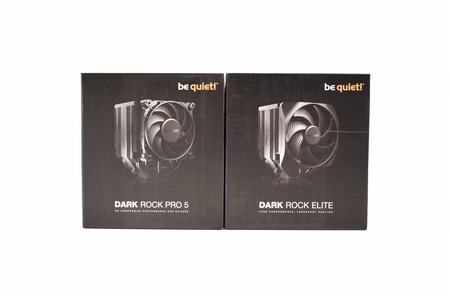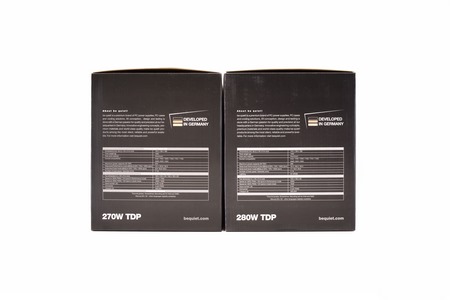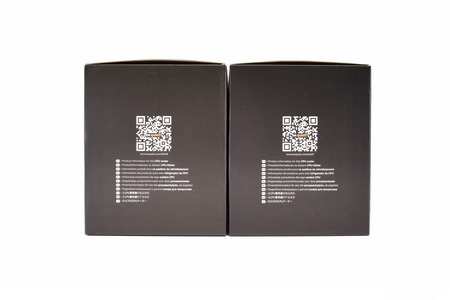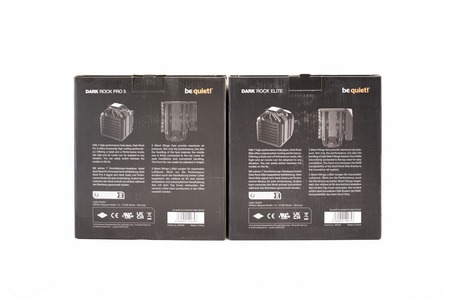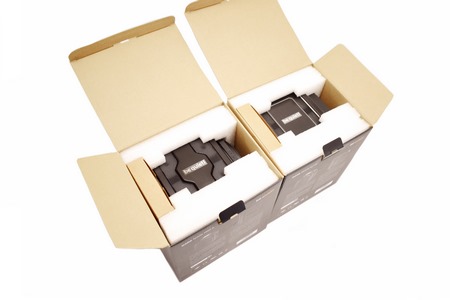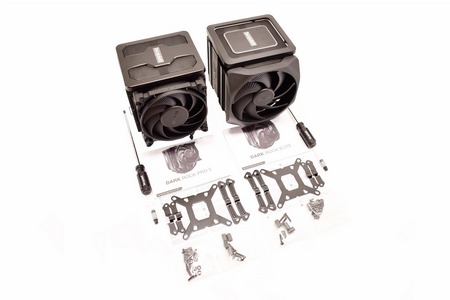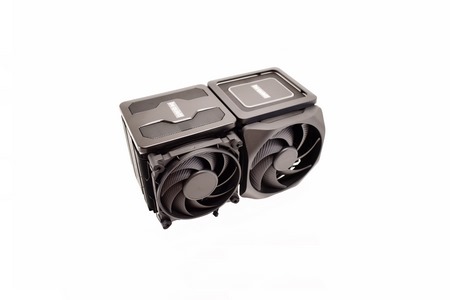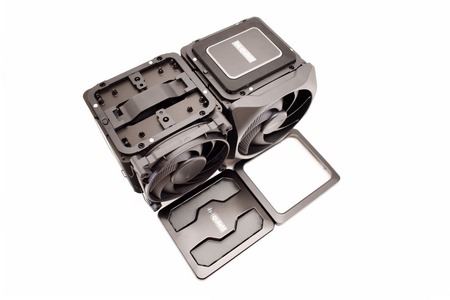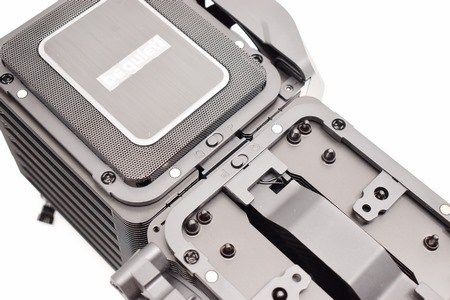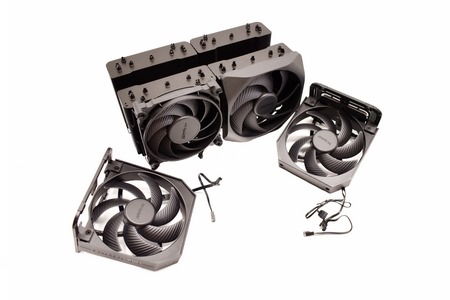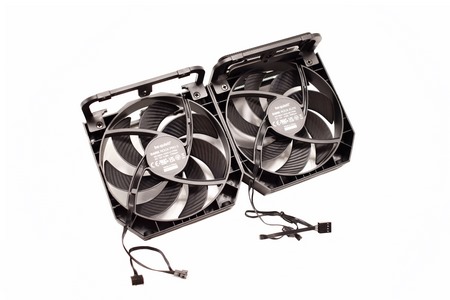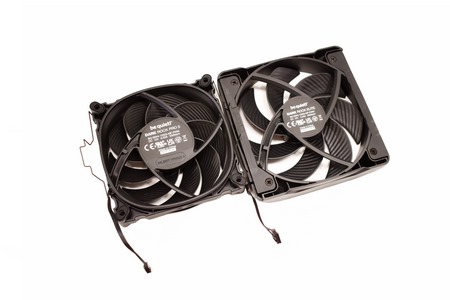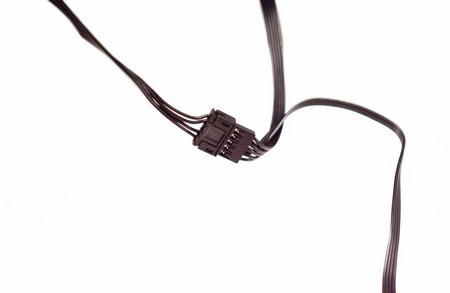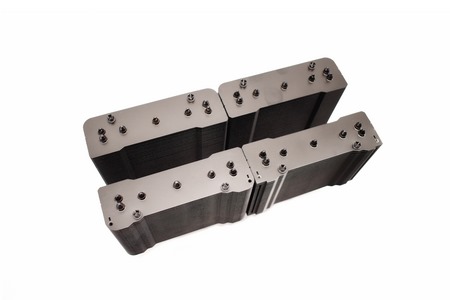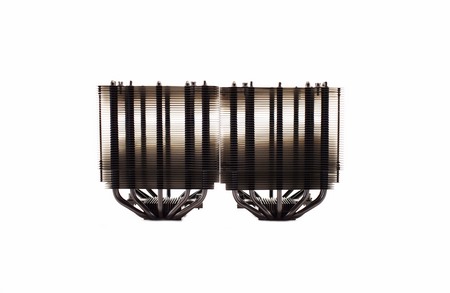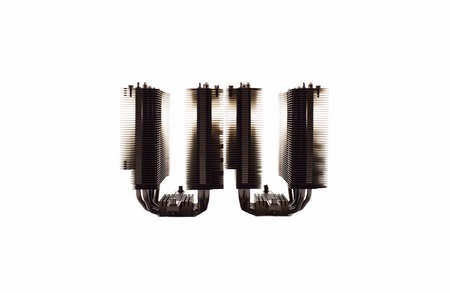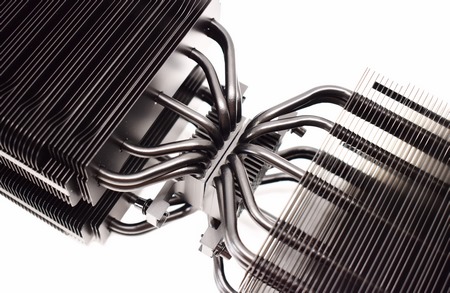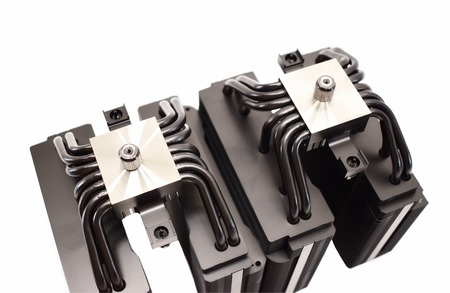INTRODUCTION
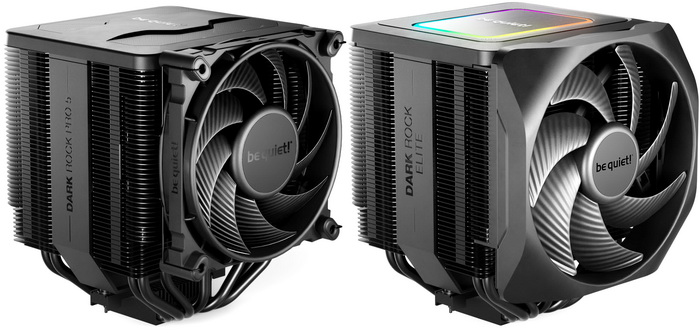
AIO liquid CPU coolers may own a huge share of the global market but for people who don't want to deal with possible pump problems CPU air coolers are and have been a one way. Over the years we've seen numerous high-end CPU air coolers capable of taking on some of the best AIO in the market and that's obviously not something which will change, not anytime soon at least. Over the years be quiet! with their Dark Rock line of CPU air coolers has managed to stand out as one of the leading manufacturers of cooling products for the PC and today they released what's probably their best models to date, the Dark Rock Pro 5 and the Dark Rock Elite.
be quiet! is a German premium brand of power supplies, PC cases, water and air cooling and fans for desktop PCs. With more than 20 years of experience in the field of quiet hardware for computers, be quiet! offers virtually inaudible as well as extremely performant products in worldclass quality. Since its foundation in 2001, all be quiet! products are conceived and designed in Germany. The development takes place in close cooperation with our locations in Asia. The final quality control also takes place at our headquarters near Hamburg. This is how be quiet! ensures that every product meets our high standards.
Both the Dark Rock Pro 5 and the Dark Rock Elite feature the company’s signature ceramic particle black powder coating with a total of seven 6mm thick high-performance heat pipes, nearly identical sandwich design heatsinks (dual) which offer plenty of space for your RAM modules (65mm for the former and 63mm for the latter) and nickel plated bases. What really changes between these two coolers (aside the top ARGB LEDs for the Dark Rock Elite) is the type of fans be quiet! has used so although the Dark Rock Pro 5 is equipped with an 120mm and an 135mm SilentWings fans (sporting fluid-dynamic bearings, smooth 6-pole motors and airflow-optimized fan blades) the Dark Rock Elite is equipped with two 135mm SilentWings fans (mounting rail with adjustable height settings for the front fan - both also feature fluid-dynamic bearings, smooth 6-pole motors and airflow-optimized fan blades). Now what really stands out compared to other CPU air coolers is the fact that be quiet! has placed a fan speed switch on top of both the Dark Rock Pro 5 and the Dark Rock Elite and so the fans of the former spin at 1500/1300RPM in quiet mode and 2000RPM/1700RPM in performance mode and for the latter its fans spin at 1500RPM in quiet mode and 2000RPM in performance mode. All of the above help produce a TDP (thermal design power) of 270W for the Dark Rock Pro 5 and 280W for the Dark Rock Elite, making them two of the most powerful CPU air coolers in the market today. Unfortunately, it seems that with this release be quiet! has completely dropped support for the old LGA2011 socket (and even the 2066 socket) which means for this review I'll be using my latest AM5 test rig (testing methodology shall remain the same however).
SPECIFICATIONS AND FEATURES

PACKAGING AND CONTENTS
Just like in the past be quiet! uses large black boxes to ship their latest coolers the front of which is taken by a large product picture, their logo and the product name.
The specifications table is printed on the left side of the box along with a quick company about the developed in Germany statement.
On the right side we find a 2D barcode which should take you to the product page.
Two product pictures are located at the rear just over a quick description of the main features in 4 languages.
Packing is very good with the coolers placed between two thick pieces of foam and more pieces of foam placed between the fans and the heatsinks.
Aside the coolers themselves both bundles include a long screwdriver, small thermal paste tube, warranty information paper, installation instructions and mounting hardware for Intel LGA 1150/1151/1155/1200/1700 and AMD AM4/AM5 motherboards.
THE DARK ROCK PRO 5 & DARK ROCK ELITE
Both the Dark Rock Pro 5 and Dark Rock Elite are very similar in size and so the former weighs 1292g and measures 168mm in height, 145mm in length and 136mm in width whereas the latter weighs 1332g and measures 168mm in height, 146mm in length and 136mm in width.
The middle fan on both coolers is attached to the top and in order to remove it you will have to remove the magnetically attached covers seen above.
As you can all see the fan speed switches are attached to the middle fans.
Be quiet! has made removing the middle fans with the top extremely easy (not just to help with installation but also for easier cleaning).
As mentioned earlier the middle 135mm SilentWings fan of the Dark Rock Pro 5 spins at up to 1700RPM (performance mode) and that of the Dark Rock Elite spins at 2000RPM.
Both front SilentWings fans spin at up to 2000RPM but for the Dark Rock Pro 5 be quiet! has used an 120mm one whereas for the Dark Rock Elite they've used an 135mm one.
Worth pointing out is that both fans connect to each other (otherwise the speed switch wouldn't work obviously) so you only need a single motherboard connector.
Due to the front fan of the Dark Rock Elite having a mounting rail the sole difference between these two heatsinks is located exactly there.
Both models have a total of 90 aluminum fins (45 on each heatsink).
In terms of size the dual heatsinks are almost identical.
Using seven 6mm thick copper heatpipes to connect both heatsinks to the nickel base is certainly not something we've seen a lot to date.
Even though the bases are nickel plated they don't feature a mirror like finish.
TEST BED
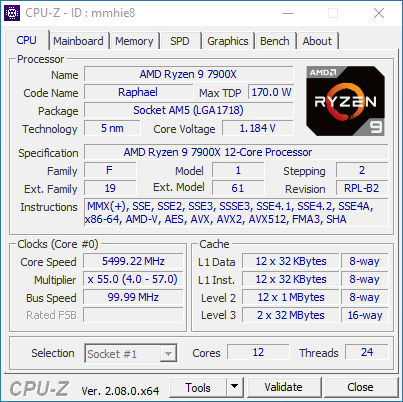

TESTING METHODOLOGY
I always take things quite seriously when it comes to work so just like with the previous LGA1366 and LGA2011 databases every single CPU Cooler in the charts will be tested under the same exact conditions. Testing a CPU Cooler automatically means that you need to know where it stands against the immediate competition and to accomplish that I’ve spent both money and time through the years, something that i honestly plan to continue to do so in order to get the most accurate results for the end consumers who read these lines. Every CPU cooler in this database is tested with the bundled 140mm/120mm/92mm/80mm fans while working at both idle speed and 100% of their speeds for all the temperature tests. CPU Coolers that do not come bundled with a fan/s are measured using a Noctua fan (size dependent on the model) to test for the temperature tests but due to the lack of a stock fan dBA level tests are obviously skipped. Single (120/140mm) watercooling solutions are tested with the radiator mounted at the rear of our test rig while dual/triple/quad (240/260/280/360/420/480/560mm) solutions with the radiator mounted at the top. For the dBA tests every cooler in the database was measured both while on idle mode or with the fan controller in the minimum setting and while on extreme load or with the fan controller all the way to the highest possible setting (PWM fans do that on their own without our intervention). Every single test takes place in a temperature controlled room of 23 degrees Celsius Ambient Temp with the help of two AC units placed diagonally inside the room. The Noctua NT-H1 thermal paste is used with every CPU Cooler. Finally, it's very important to point out that just because a CPU Cooler is better than another when tested with a specific system that does not necessarily mean that the same performance differences will apply 100% for other CPU models and in other situations (such as different ambient temps and system configurations).
To successfully record the load temperatures, we use the latest OCCT application for around 6-10 minutes to push the processor to its limits and after that is done and the temperatures are recorded, we wait for about 10-20 minutes for the CPU to cool down and record the idle temperatures. This is done to allow time for the thermal conductive material to achieve the optimal performance level. Same procedure is then repeated with the Passmark BurnIn Test as a failsafe just in case the OCCT results are wrong. This procedure is more time consuming than the usual peltier/thermometer tests but this way not only can readers get results based on real CPUs but those results can also be triple checked by using a variety of programs. Last but not least the temperatures were recorded using the latest versions of AIDA64m HWiNFO and HWMonitor while the noise level tests are performed using a high precision ExTech HD600 Decibel Meter placed about 10-15cm above the CPU Cooler. Still although the same testing procedure applies to all units do take into consideration that unlike the official numbers which are measured in special noise isolated labs with just the fans here, we also have both the rest of the cooler and the rest of the system (although all system fans are turned off when recording noise levels).
TEST RESULTS
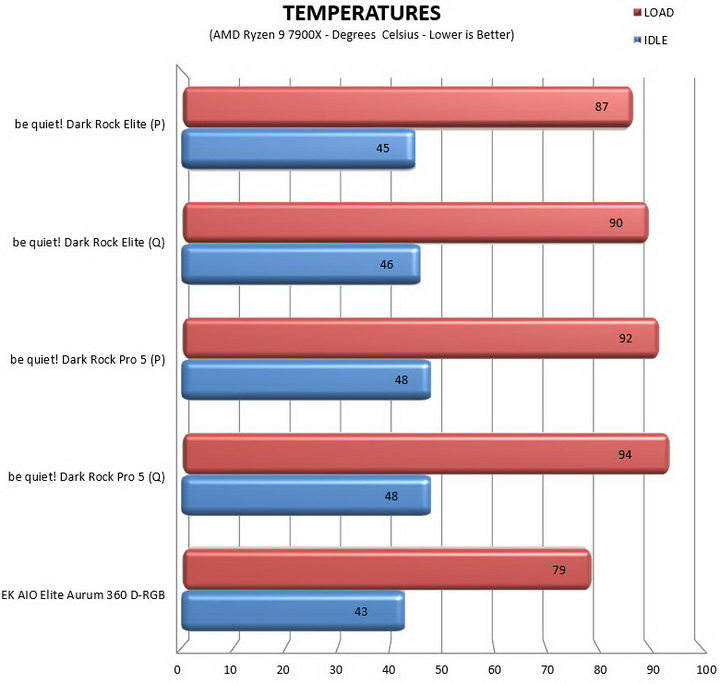

CONCLUSION
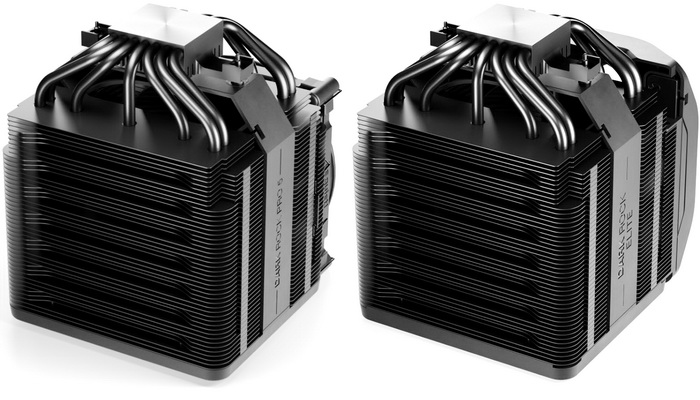
Using my latest AM5 test rig to test CPU coolers was never my intent (I basically built it just for Gen5 SSD tests) but be quiet! dropping support for the LGA2011 socket meant I could only put the EK-AIO Elite Aurum 360 D-RGB which i already have mounted on it up against their two latest models (I did at least use the dBA chart from my LGA2011 database so you can all have a better idea on the amount of noise coming from the dual fans of each unit). The good news is that even though the EK-AIO Elite Aurum 360 D-RGB is one of the best AIO models I’ve used to date (and also one of the most expensive ones) it’s not world apart with the Dark Rock Pro 5 and the Dark Rock Elite. Yes, it does outperform both but honestly managing to keep the 12-Core AMD Ryzen 9 7900X at around 85-95 Degrees Celsius at heavy load is extremely good. Needless to say, what’s even more impressive however is noise levels and here both the Dark Rock Pro 5 and Dark Rock Elite are pretty much inaudible at idle (still the Dark Rock Pro 5 is slightly noisier compared to its predecessor the Dark Rock Pro 4). The ARGB LEDs on top of the Dark Rock Elite is a nice touch but they only work if the connector is attached either on a compatible motherboard or controller so do keep that in mind. As for build quality well not much I can say here, pictures tend to speak by themselves and let’s not forget that this is a be quiet! product.
Be quiet! officially launched the Dark Rock Pro 5 & Dark Rock Elite today for around USD99/USD115 inside the USA and for 99Euros/115Euros inside the EU price tags which are actually well balanced for the kind of performance you’re getting. Overall there’s not much else I can say about the Dark Rock Pro 5 and Dark Rock Elite CPU air coolers by be quiet!. Cooling efficiency is very good, noise levels are low, build quality is all but excellent and they are both priced well (although I do imagine the Elite will still seem expensive to some) so the Platinum Award is in order.

PROS
- Top Notch Build Quality
- Design (Ceramic Particle Black Coating)
- Excellent Cooling Efficiency
- Fan Speed Switch (Quiet / Performance)
- Dual Fan Solutions
- Low Noise Levels
- ARGB LEDs (Dark Rock Elite)
CONS
- Price (Dark Rock Elite)
- LGA 2011 / 2066 Socket Support Dropped

 O-Sense
O-Sense





